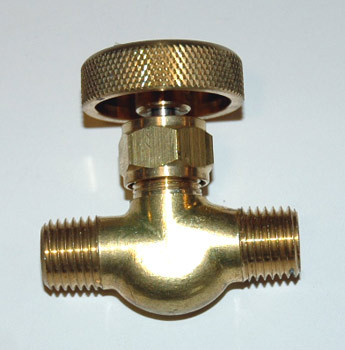- Messages
- 14,194
- Reaction score
- 11,459
- Location
- Port Orchard, Washington State
- # of dives
- 1000 - 2499
Yes gauge.
I would not fly with a transfill whip, I'm right at my weight allowance (or over) already. Driving? The gauge is inconsequential.
You can skip the argon its worthless despite being $$. You money is better spent on a decent heated vest.
I would not fly with a transfill whip, I'm right at my weight allowance (or over) already. Driving? The gauge is inconsequential.
You can skip the argon its worthless despite being $$. You money is better spent on a decent heated vest.




